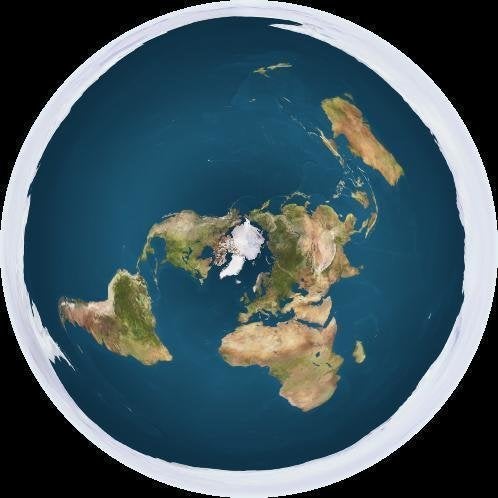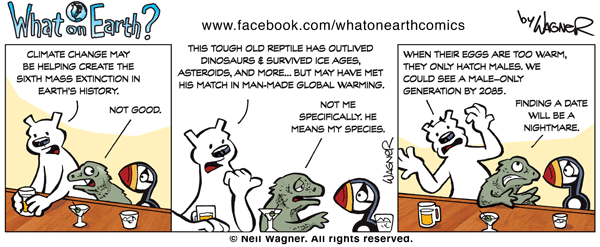

Some signs of climate change are conspicuous. Hurricane Sandy, for instance. Other signs, such as the precarious predicament of the tuatara is less so. The tuatara is on the road to extinction. Why is the tenuous existence of this simple little lizard noteworthy, you ask? Let's take a look at some of the things this species has seen come and/or go in its more than 200 million years on this planet:
- Two mass extinctions
- The breakup of Earth's most recent supercontinent
- The entire history of T-Rex
- The entire existence of mankind (to date)
- At least one major ice age
... but after 150 years on a planet where fossil fuels have been burned, this guy is staring death in the face. I wonder if some fossils in those fossil fuels were ancestors of today's tuatara. Creepy.
Oh well, we've all got to go sometime.
But after such a good run, why, exactly, are tuatara on their last legs? Because our changing climate has made things uncomfortably warm for tuatara eggs. That warmth is good for hatching males, but when it comes to females... not so much. A University of Western Australia researcher notes: "...people have been talking about the vulnerability of reptiles to climate change because they have temperature-dependent sex determination. But no one has been able to model it in this type of complexity before."
See? Climate change is educational! This apparently awesome case study has allowed for some apparently awesome computer models to determine that an all-male population of tuatara will breathe its last breaths around 2085.
But these simple little lizards are not alone. Not by a long shot. In fact, scientists believe climate change has helped create Earth's sixth mass extinction, defined as three-quarters or more of all animal species shuffling off this mortal coil.
- The warming Arctic is allowing the red fox to move in and dominate the smaller Arctic fox's turf.
- Speaking of the Arctic, sea ice is melting and depriving Polar Bears of their hunting grounds. The U.S. Geological Survey projects that two-thirds of polar bears will disappear by 2050. Don't tell Bebbo. It bums him out.
- Speaking of Bebbo, his Puffin pal, Kito is in trouble as well. Warmer temperatures have hampered puffins' growth rates. It's OK to tell Kito, though. He's a climate skeptic and won't believe you anyway.
- Sea level rise is taking away Brazilian beachfront real estate, which is especially bad if that's where you lay your eggs. Yes, I'm talking to you, sea turtles.
I could go on, but you get the idea.
You know, maybe extinction isn't so inconspicuous. When 75 percent of today's species are history, it will be hard not to take notice.
Check out the new "Hurricane Sandy" What on Earth cartoon at Science Friday
Like "What on Earth?" on Facebook.
Become a Fan here at The Huffington Post.